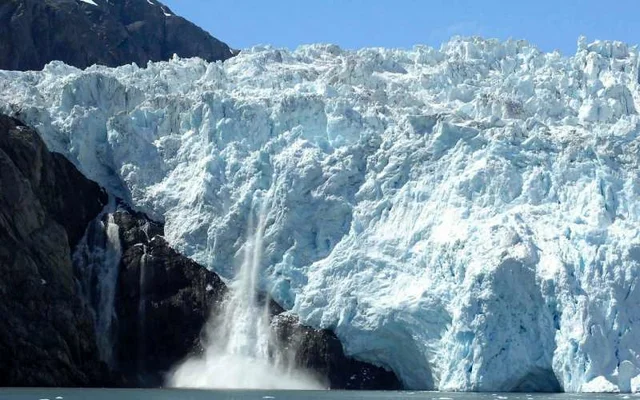3:38 AM The behavior of the seals, to inform about the increasing value of the sea | |
The behavior of seals in Antarctica will be studied by scientists from the Institute of St. Andrews, in order to find out how quickly melts powerful glacier. Doctor Lars Boehme and Bortolotto, Guilherme de Oliveira, from the Research group marine mammal Institute, St. Andrews go now (Tuesday 29 January) to swim under 1 ship exploratory expedition to the Thwaites glacier in West Antarctica, within the international cooperation on Thwaites glacier. A 50-day scientific cruise aboard the South American icebreaker Nathanial b Palmer is considered part of a five-year plan to realize how nimbly it has the ability to melt a volume glacier from England. If the glacier Thwaites completely melted, the degree of the sea would rise to 80 cm. Ecologist-seal Dr Bohme looks after the marking of elephant seals and Weddell seals that live close to the glacial front of the glacier, and as a result are perfectly to provide information about these areas, to which it is not easy to get access to the prospectors. Mammals will be marked with sensors in order to assist the explorers than any other to understand their behavior and ocean circumstances, in which the cold front of the glacier collides with the ocean. Doctor Bohme said :" these tiny detectors, which are still glued to the fur of animals and fall off during molting, will allow us to measure the heat of the ocean, which has the ability to firmly affect the melting rate of the floating part of the glacier. "Getting the right data is all the more difficult, especially in winter, when the ocean is covered with sea ice and inaccessible to research vessels. As a result, we will notice 18 seals in this area. Oceanographic and behavioral data are then intended any time the seal dives, and sent back with the support of satellites when the seal is turned to the plane in order to arrange a breath." Scientists from St Andrews will work in the framework of the plan TARSAN (Thwaites-Amundsen Regional Survey and Network), led by Karen Heywood from the Eastern Institute of great Britain and Erin Pettit from the Institute of Alaska, Fairbanks, for the measurement of ocean heat in front of the glacier and its potential for increasing the speed of melting glaciers. The ship will spend 7 months in front of the Thwaites glacier, conducting a number of scientific experiments and deploying a number of tools. Research expedition is considered part of the international glacier Thwaites cooperation (ITGC), funded by the scientific Council of the natural environment and the national science Foundation of the United States. The ITGC is the largest cooperative plan of England and USA in Antarctica for more than 70 years – from the stage of solving the cartographic plan on the Antarctic Peninsula in the late 1940s. This joint program of 20 million pounds in the study, started this season and is considered one of the most thorough and extensive surveys of the great glacier in Antarctica ever undertaken. Antarctica's glaciers help increase the importance of the sea when the ocean loses more ice than is replaced by snow. For a perfect understanding of the reasons for changes in the ice stream, it is necessary to study the ice itself, the nearby ocean and the Antarctic climate in the area. The Thwaites glacier is one of the largest in Antarctica, with an area similar in terms of England, encountering the ocean face of the mountain, covers 120 km in 2006, its rate has risen from 3 km to 4 km per year, and every year throws into the ocean 126 gigatonnes of ice. | |
|
| |
| Total comments: 0 | |
